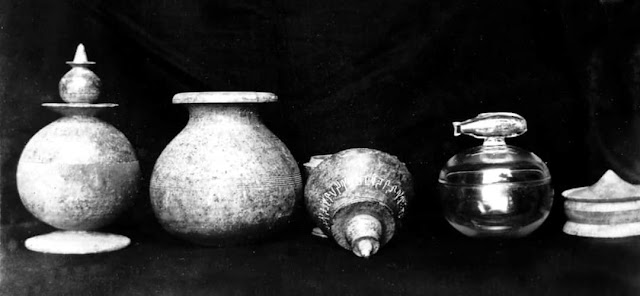Buddhists were present in Western Asia as far as the frontiers of Syria.| Jambu Dweep
Territories "conquered by the Dhamma" according to Major Rock Edict No.13 of Ashoka (260–232 BCE).
According to historian Louis Robert, it becomes quite likely that these Kandahar Greeks who were very familiar with Indian culture could in turn transmit Indian ideas to the philosophical circles of the Mediterranean world, in Seleucia, Antioch, Alexandria, Pella or Cyrene. He suggests that the famous Ashoka emissaries sent to the Western Hellenistic Courts according to Ashoka's Major Rock Edict No.13 were in fact Greek subjects and citizens of Kandahar, who had the full capacity to carry out these embassies.
Another document, the Mahavamsa (XII, 1st paragraph), also states that in the 17th year of his reign, at the end of the Third Buddhist Council, Ashoka sent Buddhist missionaries to eight parts of Southern Asia and the "country of the Yonas" (Greeks) to propagate Buddhism.
Presence in the West
Overall, the evidence for the presence of Buddhists in the west from that time is very meager. But some scholars point to the possible presence of Buddhist communities in the Hellenistic world, in particular in Alexandria. Dio Chrysostum wrote to Alexandrians that there are "Indians who view the spectacles with you and are with you on all occasions" (Oratio.XXXII.373).
According to Ptolemy also, Indians were present in Alexandria, to whom he was much endebted for his knowledge of India (As.Res.III.53). Clement of Alexandria too mentioned the presence of Indians in Alexandria. A possible Buddhist gravestone from the Ptolemaic period has been found by Flinders Petrie, decorated with a depiction of what may be Wheel of the Law and Trishula. According to the 11th century Muslim historian Al-Biruni, before the advent of Islam, Buddhists were present in Western Asia as far as the frontiers of Syria.




Comments
Post a Comment